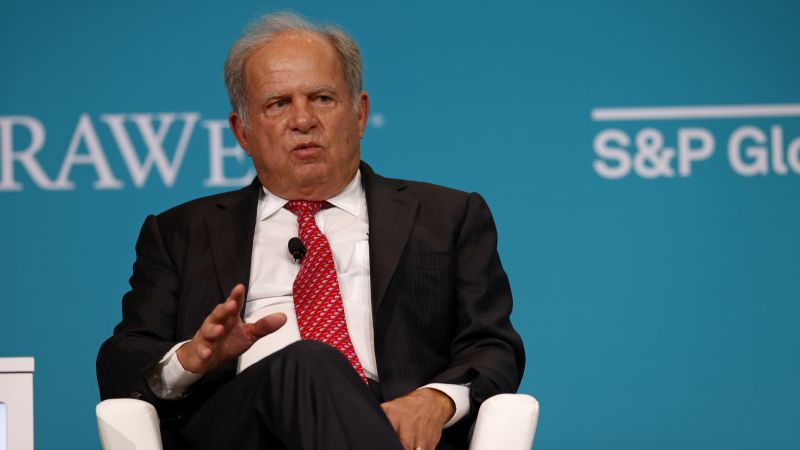
Courtesy GM
The EV arms race is on.
(ticker: GM) announced more money for electric-and autonomous vehicle development on Wednesday. It is pouring billions into technology to establish a leadership position in the future of commercial and personal transportation.
GM now plans to spend $35 billion on EV and AV development between 2021 and 2025. That is up $8 billion from a November 2020 announcement, and it is up 75% from the $20 billion the auto maker said it would spend in March 2020.
GM wants to be selling 1 million EVs a year by 2025 on its way to becoming an all-EV seller by 2035. “We are investing aggressively in a comprehensive and highly-integrated plan to make sure that GM leads in all aspects of the transformation to a more sustainable future,” said CEO
Mary Barra
in the company’s news release.
Part of the incremental $8 billion will be spent on two new battery plants. The factories will make batteries not only for GM’s EV needs, but for Honda as well as locomotive maker
(WAB)
The EV and AV spending will represent more than half of the company’s capital outlays for the next few years. Spending on traditional internal combustion engines, relatively speaking, is falling. “It’s not that hard of a prioritization,” said CFO
Paul Jacobson.
“We see this as the right next step, and acceleration is the right risk for us to invest in.”
GM stock has gained 1,5% in early trading Wednesday.
GM isn’t the only one increasing its commitment to electric cars.
(F) announced another $8 billion in EV spending back in May. Ford plans to spend about $30 billion on vehicle electrification. In March,
(VOW. Germany) announced plans to build six battery factories to supply its EV ambitions. VW wants to be selling more than 5 million EVs a year by 2030.
All the spending means a few things for investors. For starters, EVs’ share of the auto market is going to increase faster than investors are expecting. That’s good news for battery makers and producers of lithium, a key raw material for EVs. It also means more opportunity, and competition, for the EV leader,
(TSLA).
Tesla is expected to sell about 825,000 EVs in 2021. More companies selling millions of EVs represents a threat, but when future buyers begin to make comparisons among EVs, rather than looking at EVs versus gasoline-powered cars as they do today, Tesla might look good. Tesla has sold far more EVs and has a lead in terms of costs and performance.
For now, it seems as if investors are focused on competition. Tesla stock is down about 15% year to date, trailing behind the comparable 12% and 13% gains of the
and
And investors appear encouraged by traditional auto makers’ EV plans: GM and Ford stocks are up 46% and 71% so far in 2021, while Volkswagen stock has gained 69%.
Of course, it isn’t all about EVs. Sales of automobiles have rebounded to an annual rate of 17 million units in May, from about 12 million in May 2020.
Corrections & AmplificationsTesla is expected to produce 825,000 vehicles in 2021. An earlier version incorrectly stated in 2020.
Write to Al Root at allen.root@dowjones.com





